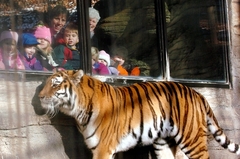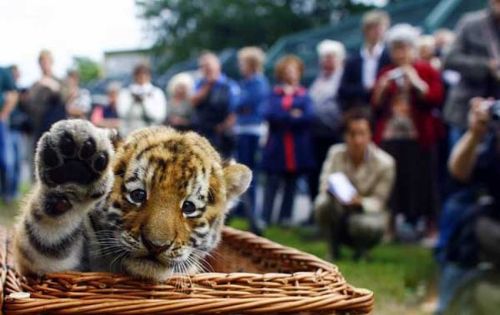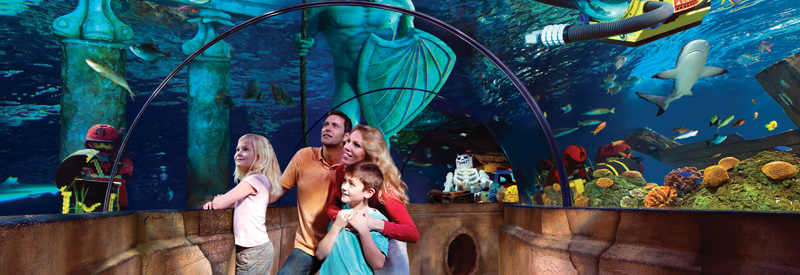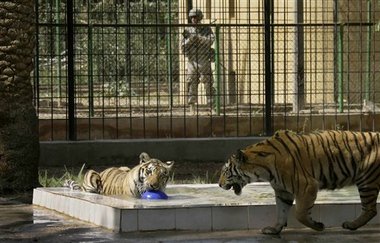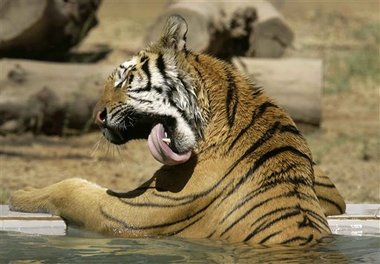 Apparently, its Tiger Week here at DesigningZoos.com! To continue the trend, I'm bringing you the exclusive details on the Dakota Zoo's new Tiger exhibit. This week, the Zoo, located in Bismarck, ND, opened Phase I of its new two-part big cat exhibit. Phase I is a super-sized tiger exhibit, currently housing three adolescent Siberian Tigers, and Phase II, slated to open September this year, will be the new home to two Snow Leopards. Here is a local news reporter's tour through the exhibit.
The Zoo successfully managed to stretch its limited budget of $1.2 million to the max, by primarily focusing on animal well-being and visitor proximity above theming and story-delivery. The guest features of the tiger habitat include pop-up viewing stations inside the exhibit, as well as nose-to-nose glass viewing from the perimeter.
Apparently, its Tiger Week here at DesigningZoos.com! To continue the trend, I'm bringing you the exclusive details on the Dakota Zoo's new Tiger exhibit. This week, the Zoo, located in Bismarck, ND, opened Phase I of its new two-part big cat exhibit. Phase I is a super-sized tiger exhibit, currently housing three adolescent Siberian Tigers, and Phase II, slated to open September this year, will be the new home to two Snow Leopards. Here is a local news reporter's tour through the exhibit.
The Zoo successfully managed to stretch its limited budget of $1.2 million to the max, by primarily focusing on animal well-being and visitor proximity above theming and story-delivery. The guest features of the tiger habitat include pop-up viewing stations inside the exhibit, as well as nose-to-nose glass viewing from the perimeter.
The tigers are lavishly provided for, as well, with an enormous 45,000 sf of exhibit space. For comparison, the Bronx Zoo's large six tiger habitat, opened in 2003, is approximately 65,000 sf (that's 10,800 sf / tiger) while Dallas Zoo's six tiger habitat, opened in 1999, is a more typical 28,000 sf (4600 sf / tiger). The Dakota Zoo has planned for a maximum of four total tigers, which would mean each tiger could have a possible 11,250 sf territory to roam, when the facility is maxed out.
The exhibit also features pools for swimming and play, rocks for lounging and climbing, natural vegetation for shade, and grass underfoot.
The Dakota Zoo's back of house support area is also impressive, providing four somewhat standard-sized stalls of 120 sf each (10' x 12'), with an additional 1200 sf off-exhibit yard.
Terry Lincoln, Director of the Dakota Zoo, kindly took a few minutes to share some thoughts on the exhibit with me. Via e-mail, I asked him if the recent press coverage of the San Francisco Zoo's attack had affected any of the planning for this exhibit.
"We did review the San Francisco tiger incident and didn't end up changing our plans, although we were interested to learn that our den height of 12' was roughly the same height as their exhibit wall. Our den {ed. note: holding building which serves as one barrier of tiger enclosure} has 4.5' of mesh and solid invert above the 12' level to prohibit jumping or climbing {from within the exhibit}. We {also} made provisions to install a video DVR system to monitor and record the guardrail areas in the event that an incident were to occur."
He also mentioned the exhibit walls are 16.5' tall, and made from 3" mesh. The full height includes a four foot kickback at the top. Additionally, the tigers are discouraged from approaching the mesh walls with a single strand of hotwire at the two foot level. Click here to watch a video of Terry and the stars of the show being interviewed at the off-exhibit yard.
This exhibit took over eight years of planning and fundraising. The Zoo designed the exhibit in-house, hiring a local architect to draw it up for them. It is clear by the amount of local press coverage of the exhibit that the city is very proud of the exhibit and the zoo. Congratulations to all involved in Phase I, and best of luck in Phase II.












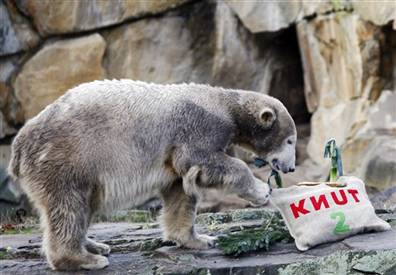
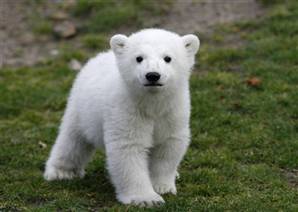





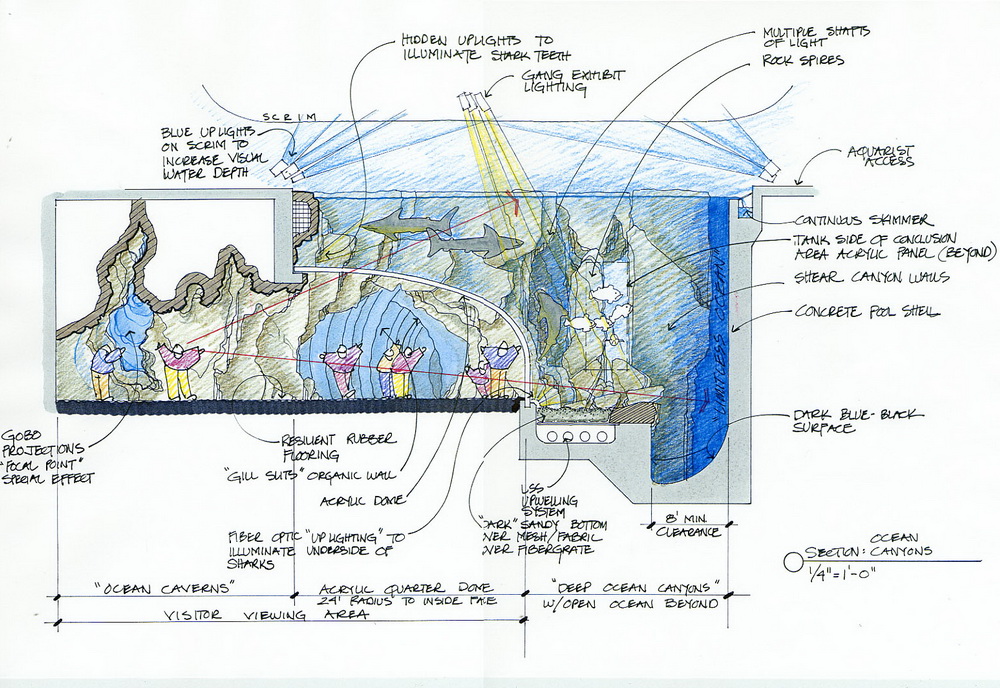
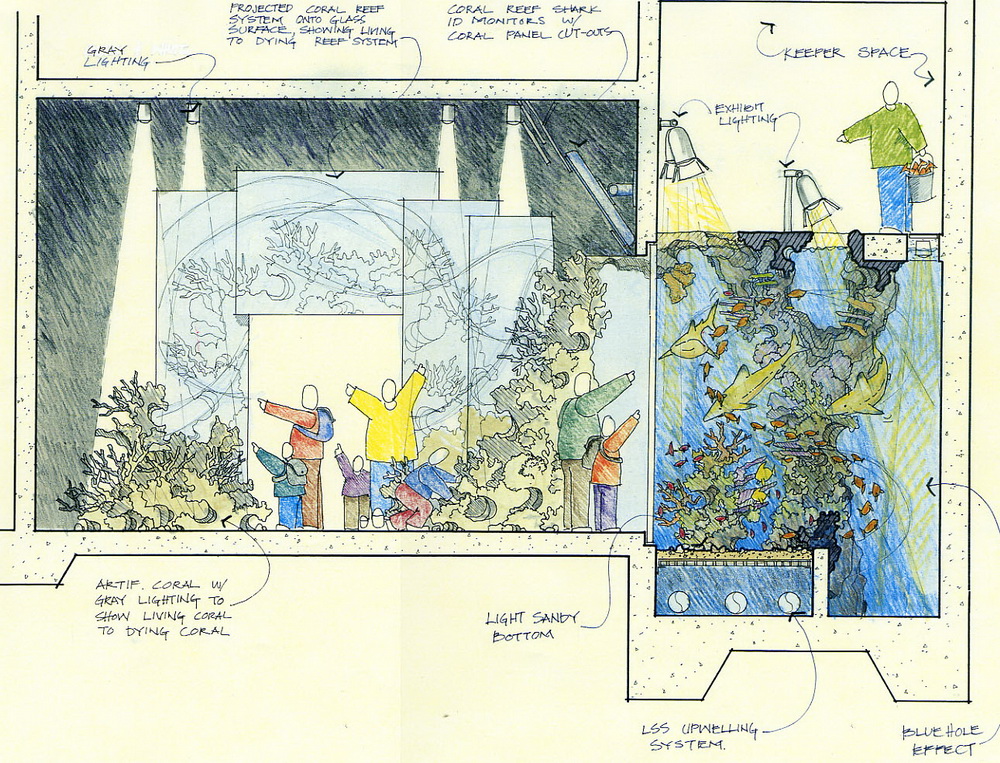


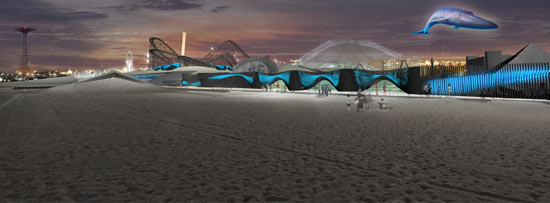
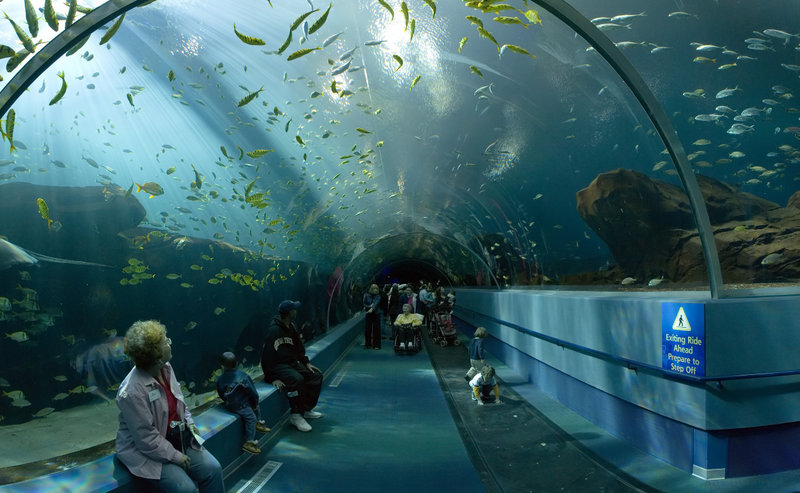
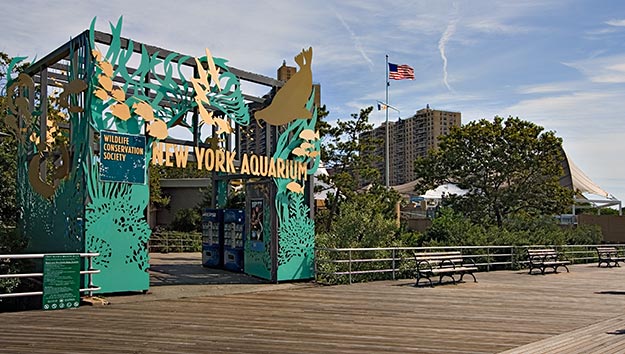 All of those plans are now moot, though, as the New York state government is proposing 55%
All of those plans are now moot, though, as the New York state government is proposing 55% 






























